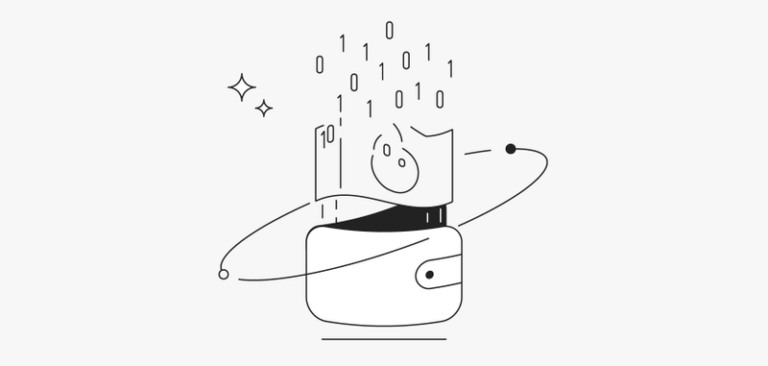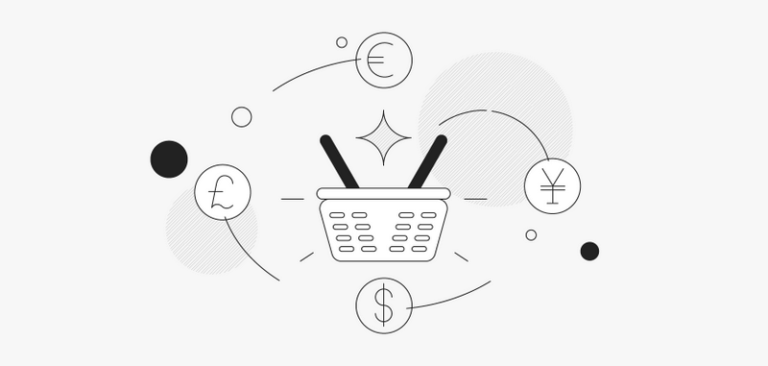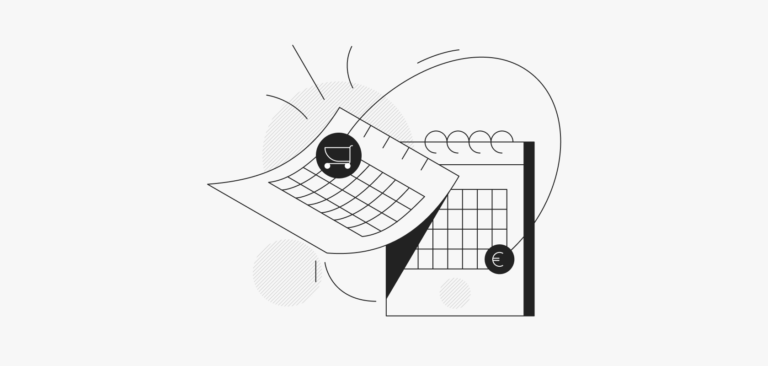It is hard for many people to imagine that cash could completely disappear from circulation, but it is possible. It turns out that all around the world, more and more people prefer use cashless payments.
It is hard for many people to imagine that cash could completely disappearfrom circulation, but it is possible. It turns out that all around the world,more and more people prefer use cashless payments.
Europe as an example
Europe is increasingly focused on giving up cash. On European continent, onaverage 55% of transactions are cashless. Scandinavian countries lead thewithdrawal of physical money from trading – as much as 82% of payments are madethere without using traditional form of payment.
Cash-less alternative
Governments and institutions around the world are more than happy tointroduce electronic alternatives of traditional payment method. The costs forthe national economy related to its printing and distribution are high – Mastercardestimates them even at 1.5% of GDP. Retailers and banks spend billions everyyear on processing cash transactions and maintaining the infrastructure tohandle them. And electronic payments are not only a cheaper alternative tocoins and banknotes, but also an opportunity for traders and consumers toeliminate the risks associated with the security of cash storage. Electronictechnologies make payments transparent, easily verifiable and traceable, whichbrings clear benefits to both personal and national finances. In addition, thedata generated by electronic payments are a potential gold mine for businesseslooking for new ways to contact consumers.
Cards – are they stillnecessary?
Credit and debit cards were the link between the physical and digitalworlds, enabling a new era in the history of payment services. But they arealso currently facing an uncertain future. Consumers are increasingly using newforms of payment and services, which means that there is a high risk that cardswill lose their dominance in terms of market share. The use of smartphones andsocial media is conducive to the transition to no-card payments, both indeveloping and developed markets. In response to this threat, payment cardsystems are increasingly turning towards non-cash payments and are developingservices such as instant payments or integrated with IoT. And while cards willnot disappear in the near future, alternative payment methods will certainlybecome more important over time.
Cards in eCommerce
Over the past five years, the eCommerce industry has more than doubled itsvalue. To get something from this amount you have to be better than thecompetition. You can make it just by implementing modern payment systems. Solutions that primarily care for the safety and convenience of the customer. E-Commerce is certainly not an industry for people who do not yet have and donot intend to implement cashless payments.
Non-cash transactions saveyour money
With new interchange fees, the cost of running your store can dropsignificantly. With a turnover of EUR 50,000 a month, you can save up to EUR500. Within a year it is 6,000, which is already a very interesting amount. Allyou have to do is start encouraging customers to use cashless payment methods.
Payment revolution
The current payment revolution is still focused on human interaction, whilethe next phase will focus on solutions using IoT and artificial intelligence.In the medium term, we will also see an extension of the current paymentframework to allow ‘access’ to consumers’ bank accounts, which of courserequires their consent. Basically, however, this will happen without humanintervention, whether using a device or AI software. For example, a networkedfridge can order food automatically when it detects that the product is runninglow. Cars connected via IoT to the payment system will be able to pay parkingfees and tolls without interacting with the driver. This is another steptowards a cashless and self-service society.



